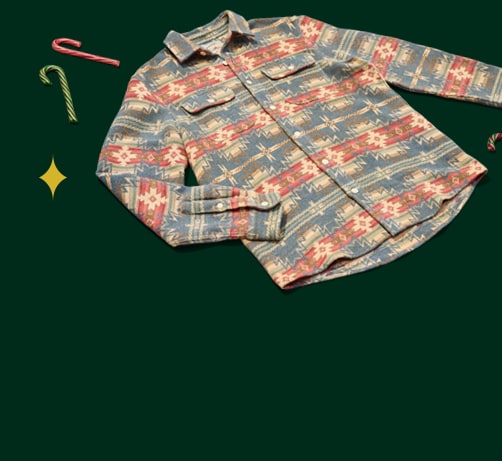
A good skier can get away with using just about any pair of skis, but a good skier can’t use just any boots. If there’s any item of ski gear you decide to spend money on, it should be your boots. An ill-fitting pair won’t just leave you with screaming feet and blisters—they’ll also make it harder for you to drive your skis the way you’d like. Sitting down with a good boot fitter might be one of the best things you can do for your skiing. Here’s what you need to know to pick out the right ski boots for you.
Ask Yourself These Questions
Before you start looking for ski boots, think about how you plan to use them.
What type of skier are you?
It plays a big role in determining how stiff your boots should be. As a general rule, the stronger the skier, the stiffer the boot. Beginners won’t put as much force into their boots compared to more advanced skiers. Racers might also look for a narrower boot with a taller cuff for more control, while a more casual skier can use something roomier and more comfortable.
Doing any backcountry touring or telemark skiing?
If so, alpine boots probably aren’t the best choice for you. They’re too stiff and won’t be comfortable for walking or touring.
Do you need men’s or women’s boots?
The boots are often quite different. One big difference is in the calf: Men’s calf muscles typically sit higher up the leg than women’s, and so men’s and women’s boots have cuffs in slightly different positions.
Size and Fit
As if footwear sizing couldn’t get any more complicated, ski boots use their own sizing standard called mondopoint sizing. Conversions vary a bit from brand to brand, so consult the sizing chart for the manufacturer you’re considering to get an idea of what size you need. Also keep in mind that mondopoint sizes can be expressed in millimeters (like 270) or centimeters (like 27.0). But don’t buy boots just based on a sizing chart: Always try pairs on, ideally with a boot fitter, to make sure they fit just right. Below are a few other sizing and fit factors to consider.
Last Width
The width of a ski boot is referred to as its “last” and it’s measured across the widest part of your foot (at the ball of your foot). Different boots and manufacturers use different lasts, and you can almost always find that number listed in millimeters.
When shopping, you’ll want to take into account both the shape of your foot and the type of skiing you do. People with narrow feet will want a smaller lasted boot, somewhere around 97 mm. Racers generally opt for boots with extremely narrow lasts (in the ballpark of 92 mm), which gives them greater control over the boot, especially side to side. For most skiers, though, a comfortable boot will have a last around 100 mm, while skiers with wide feet should look to 102 mm and up.
Volume
Boots will also come in different volumes, typically described as “low” and “mid.” Have a high arch or thick feet? You’ll likely want a mid-volume boot. On the other hand, flat-footed skiers might prefer low volume boots, which will more closely match the shape of their feet.
When you’re trying boots on, consider the insoles and socks you'll typically wear and expect a fresh-out-of-the-box boot to feel a little cramped—the liner will mold to your foot with time.
Flex
This is often the first big number that stands out to people looking for ski boots. Boot manufacturers use a flex index to grade boots on how stiff vs. flexible they are—the higher the number, the stiffer the boot. And the more stiff and rigid your boot is, the easier it will be to steer your skis. The general rule is to choose boot flex based on your skill level as a skier.
Because women, on average, have less body mass than men, they can use a slightly less-stiff boot at each skill level. That said, always consider your own weight when deciding on the amount of flex you want, and remember that heavier people will need stiffer boots.
| Beginners | Intermediate | Advanced | Expert | |
| Men’s Flex | 60–80 | 85–100 | 110–120 | 130+ |
| Women’s Flex | 50–60 | 65–80 | 85–100 | 110+ |
| How’s it feel? | Best for beginners. Comfortable and capable on groomed green and blue runs. | Best for intermediate skiers. Better control and responsiveness at higher speeds, on moguls or bumps, and on blue or black runs. | Best for more advanced skiers in steep, challenging terrain, at high speeds, and in sharp turns. | Boots this stiff are reserved mainly for racers going extremely fast through tight turns. They won’t be comfortable for general use. |























